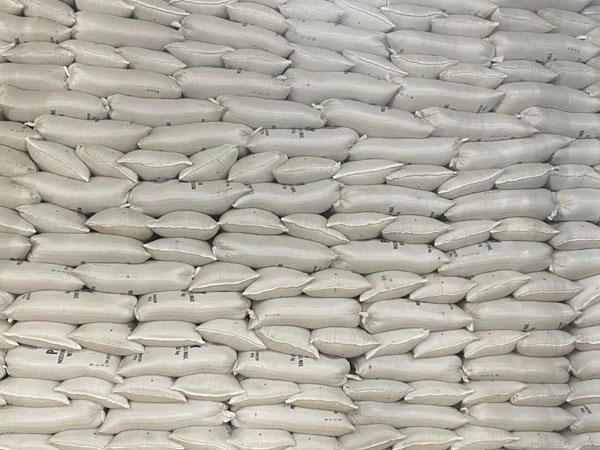 After registering a record harvest of 20.06 million metric tons in 2023, Philippine rice production again slipped below the 20-MMT mark last year due to El Niño. Rice production in 2024 was nearly a million tons lower at 19.09 MMT, which caused the Philippines to again rely heavily on foreign markets to augment its domestic supply. Because of the supply shortfall created by drought, Philippine rice imports reached an all-time high of 4.8 MMT last year and made the country again the top rice importer in the world.
After registering a record harvest of 20.06 million metric tons in 2023, Philippine rice production again slipped below the 20-MMT mark last year due to El Niño. Rice production in 2024 was nearly a million tons lower at 19.09 MMT, which caused the Philippines to again rely heavily on foreign markets to augment its domestic supply. Because of the supply shortfall created by drought, Philippine rice imports reached an all-time high of 4.8 MMT last year and made the country again the top rice importer in the world.
With El Niño no longer threatening rice farms, the government is hopeful that output for this year would again breach the 20-MMT mark. However, despite the absence of the weather phenomenon, and huge investments made by the government, unmilled rice production in the first quarter of this year was almost flat at 4.698 MMT, just 0.3 percent higher than the 4.685 MMT recorded a year ago. Output in the first quarter of 2024 and 2025 were lower than the 4.778 MMT recorded in the same period in 2023.
The slight increase in production was achieved despite the contraction in areas planted with rice in the first three months of the year. Data from the Philippine Statistics Authority (PSA) showed that the harvest area for irrigated palay shrank to 820,394.07 hectares in the first quarter, from last year’s 822,681.41 hectares. For rainfed palay, the harvest area was even smaller at 327,130.91 hectares compared with the previous year’s 351,953.77 hectares.To again hit or exceed the 2023 output, rice harvest area must be larger than the combined 4.815 million hectares recorded that year. If this is not possible, then there must be a dramatic increase in yield per hectare to enable farmers to produce 20.46 MMT of rice for this year. (See, “PHL rice imports seen hitting 4MMT this year,” in the BusinessMirror, April 2, 2025). The interventions bankrolled by the Rice Competitiveness Enhancement Fund should have been taking effect by now as it has been in place for five years.
What would make it difficult for planters to achieve a record rice harvest this year is the movement of farmgate prices. Local rice is practically competing against imports; higher quotations could drive away traders and prompt them to tap foreign markets instead. While the cost of bringing rice imports into the Philippines may have become more attractive due to the decision of India to lift its restrictions on exports, the expenses incurred by farmers continue to rise and has made it practically impossible for them to accept lower quotations.
Preventing farmgate prices from going into a free fall would require a careful balancing act, one that would allow consumers to enjoy affordable rice and farmers to earn from their crop. While there are no perfect systems, this should not preclude policymakers from finding suitable mechanisms that would entice not only local planters from staying in the agriculture sector but also encourage the young to go into farming. Without new entrants into the sector and significant improvements in how rice planting is done in the country, the Philippines would remain as the world’s top rice importer for years to come.














© Copyright 2025 The SSResource Media.
All rights reserved.